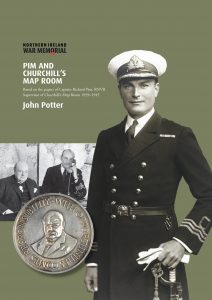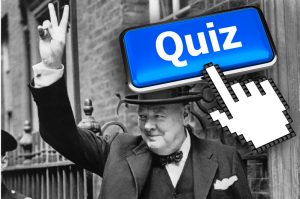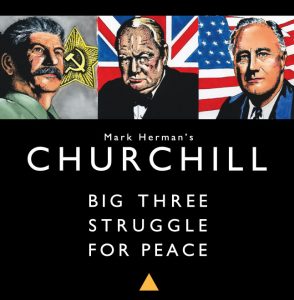
Bulletin #87 - Sep 2015
Churchill and the Sport of Kings
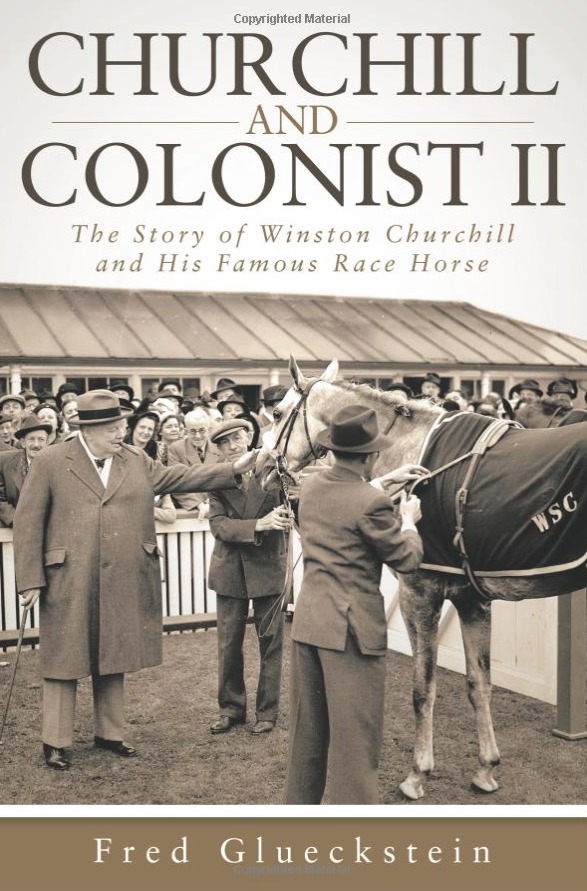
September 1, 2015
Churchill and Colonist II: The Story of Winston Churchill and His Famous Race Horse By Fred Glueckstein.
iUniverse, 97 pages, $22.95. ISBN 978-1491749722
Reviewed for The Churchill Centre by BILL DWYRE
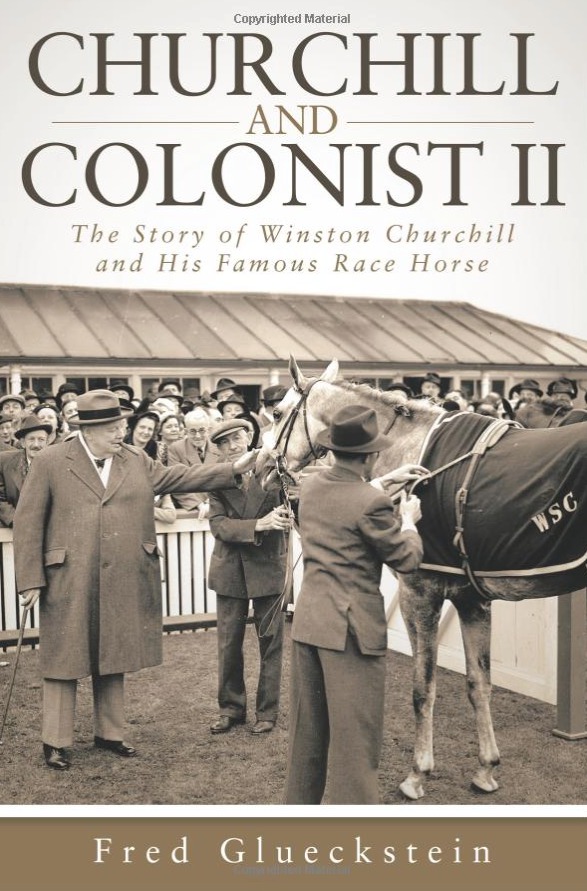
It is refreshing to learn that not all of Winston Churchill’s races were political.
We discover this in a recent book written by New York writer and frequent author on all subjects Churchillian, Fred Glueckstein.
In his book, Churchill and Colonist II, we find out that the British Prime Minister who walked side-by-side with us through the horrors of the Second World War, dearly enjoyed walking into a horse race winners’ circle. Or, for that matter, into the clubhouses of England’s racetracks.

2024 International Churchill Conference
Colonist II was a grey horse, and not a particularly pretty one, who was purchased by Churchill when the former prime minister was seventy-five. It was not Churchill’s first foray with horses—he had ridden joyfully at prep school and in the military—but it came at a time when his post-war political fortunes had dipped and so had his general mood.
His son-in-law, Christopher Soames, saw the gloom and the need to address it. So he found Churchill a horse, Colonist II, and a love affair began.
Glueckstein’s book is almost startling in its simplicity.
He takes the reader race by race, with mostly success and some less-than-sparkling outings by Colonist II. There is little elaboration, zero prattling speculation.
Colonist II either wins or is caught in the stretch. He is either good enough, or in a bit over his head. Most of the time, he is good enough, and the headlines he makes, in concert with his owner’s status, makes him a sports celebrity.
Before he is retired at age five with an injury, Colonist II runs twenty-three races, wins thirteen of them and is in the money in five more.
Churchill is frequently on hand, loving the moment. That is especially true when Colonist II is running against a black filly named Above Board, owned by King George VI. More often than not against Above Board, to Churchill’s delight, Colonist II is good enough.
Glueckstein gives clarity to this late-in-life hobby/diversion for Churchill, who knew that buying and racing horses would be frowned upon by a certain straight-laced element of the British population, and possibly even cost him votes in future political pursuits.
It was not only that Churchill had found schoolboy success as a rider, or that his father, Lord Randolph, had owned and raced horses himself. It was a fascination, even a love, of the animal.
Churchill wrote in his autobiography that parents should give their children horses, not money.
“No hour of life is lost that is spent in the saddle,” he wrote. “Young men have often been ruined through owning horses, or through backing them, but never through riding them; unless, of course, they break their necks, which, taken at a gallop, is a very good death to die.”
On 22 April 1922, Churchill was thrown from a horse, but escaped a “very good death to die.” He was forty-eight then and played polo until he was fifty-two.
As Secretary of State for War, Churchill reacted with horror when he discovered that thousands of horses sent into battle during the First World War were being left behind to wander or die on the battlefields at war’s end. According to documents only recently unearthed by British newspapers, it was Churchill’s internal pressure that brought immediate action and the life-saving rescue of thousands of those horses.
Churchill died at ninety. His racing operation had included thirty-eight thoroughbreds that won seventy-one races for him and $168,000. Of that total, Colonist II won $33,423.
Churchill eventually expanded his racing operation into a stud farm, but always worried about the political impact of his involvement in horse racing. Near the end of Colonist II’s racing career, when it was suggested that his prize horse would draw lucrative stud fees, Churchill reportedly responded, in jest: “To stud? And have it said that the Prime Minister of England is living on the immoral earnings of a horse?”
By then, fears of his racing connections undercutting his political life had proved to be unfounded. In 1951, for a second time, Winston Churchill had become Prime Minister.
Churchill even had a horse run in the United States, the $100,000 Laurel International at Laurel Park in Maryland in 1956. Le Pretendant, a half brother to Colonist II, ran to his name and a disappointing last-place finish in the muck and mud of a November Maryland day.
Despite Le Pretendant’s failure, Churchill does have a prestigious spot in U.S. racing. His pink and chocolate brown racing silks hang in the National Museum of Racing in Saratoga Springs, N.Y. They were placed there on 2 August 1963.
They stand next to the silks of Her Majesty Queen Elizabeth II.
Bill Dwyre is a columnist for the Los Angeles Times covering various sports including horse racing.
Churchill and Colonist II is available from Amazon in hardcover, softcover, and electronic format. To order, please CLICK HERE.
Subscribe
WANT MORE?
Get the Churchill Bulletin delivered to your inbox once a month.
